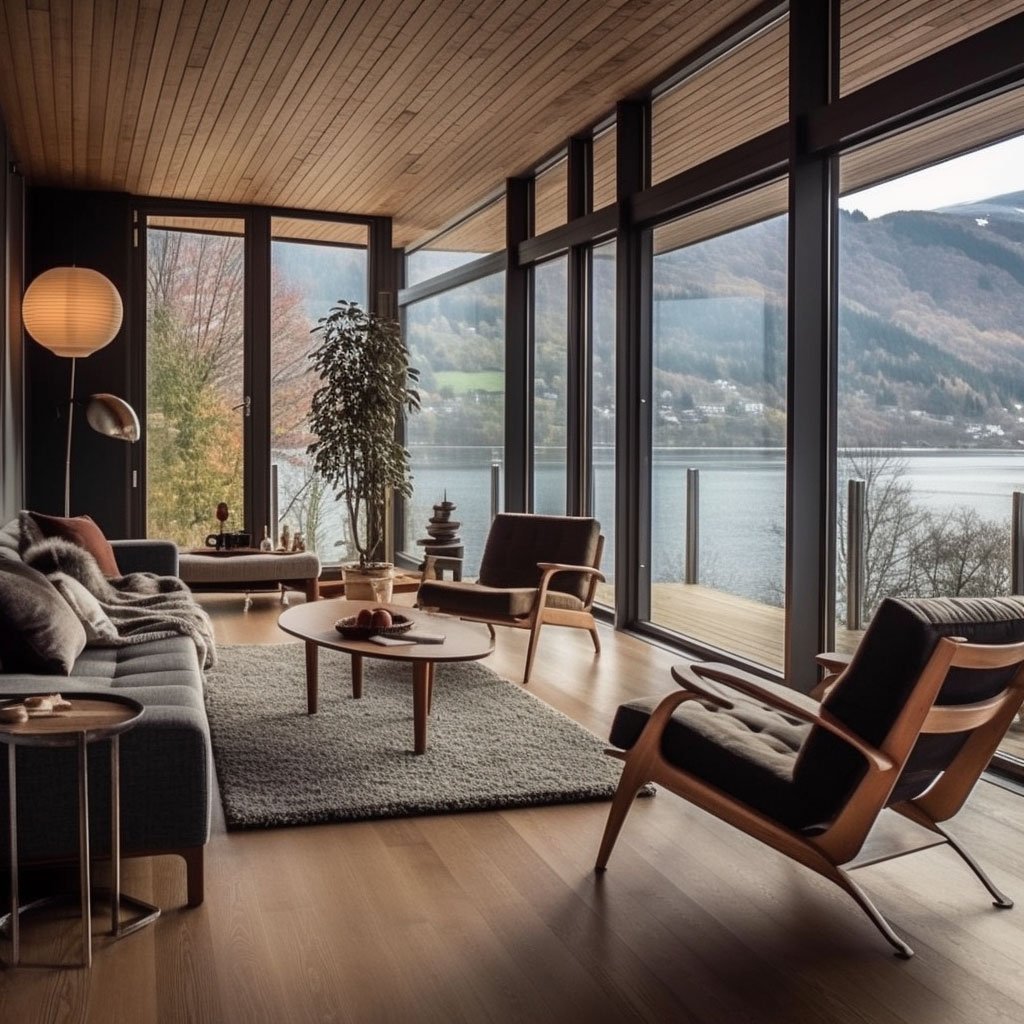
Scandinavian design is known for its simplicity, functionality, and minimalism. While the term encompasses the contributions of several countries, the influence of Norway is significant and profound. Let’s explore the Norwegian touch in modern Scandinavian design.
A Brief History

Norwegian design’s roots can be traced back to the Viking era, but it gained global recognition in the 20th century. The post-war years saw a shift towards functional, affordable, and yet aesthetically pleasing design which still defines the Scandinavian style today.

The Art of Hygge

Norwegians contribute to the concept of “hygge”, a Danish-Norwegian word describing a mood of coziness and comfort, encompassing a feeling of wellbeing and contentment. This permeates their design philosophy, making homes warm, inviting, and functional.
Influence on Furniture Design

Norwegian designers like Hans Brattrud and Fredrik Kayser have made significant contributions to furniture design. Their pieces, characterized by simplicity, functionality, and the use of natural materials, continue to influence modern Scandinavian design.
Sustainable Design

Norway is a leader in sustainable design, with an emphasis on eco-friendly materials, energy efficiency, and a minimal environmental footprint. This commitment to sustainability is a key aspect of contemporary Norwegian design.

Conclusion
From the warm, inviting concept of hygge to the commitment to sustainable and functional design, Norway has influenced and shaped the modern Scandinavian aesthetic in numerous ways. Its design philosophy is a true reflection of its cultural values and natural landscape.